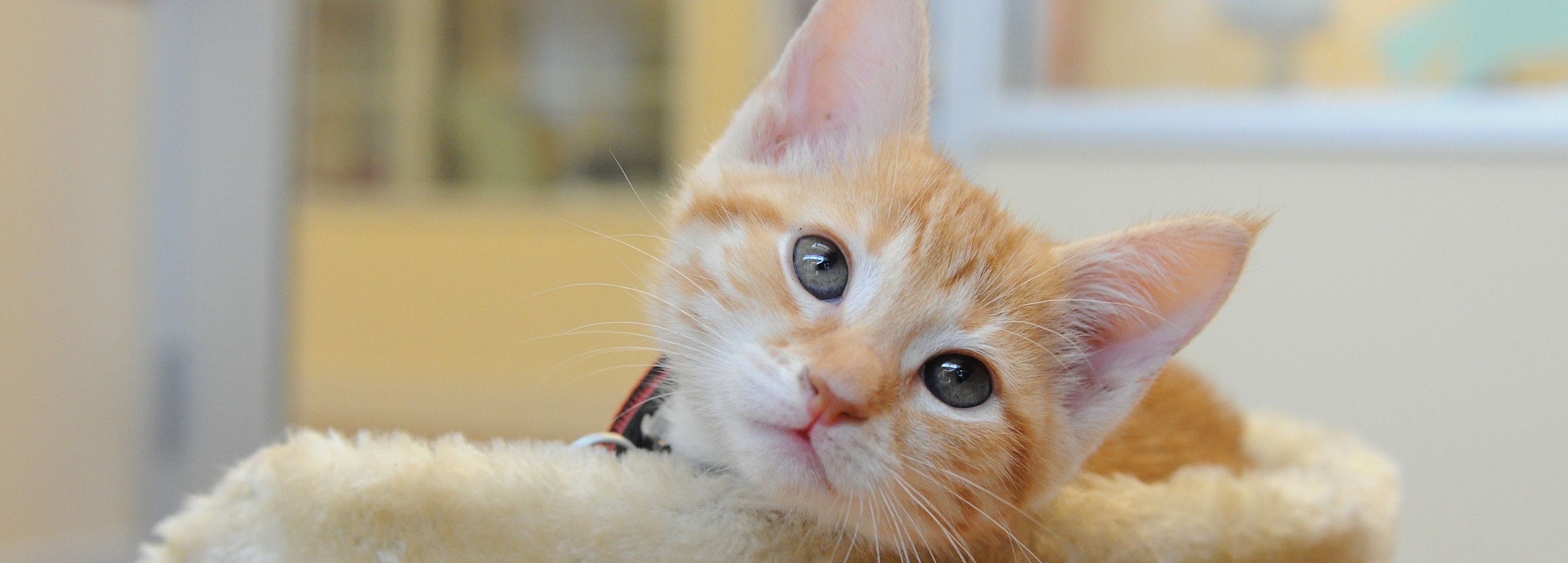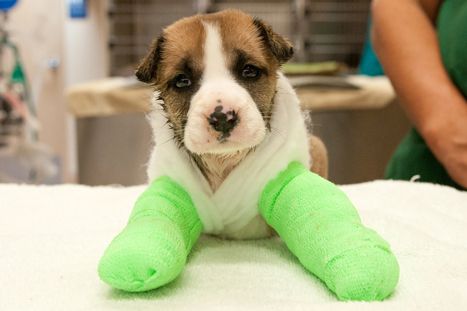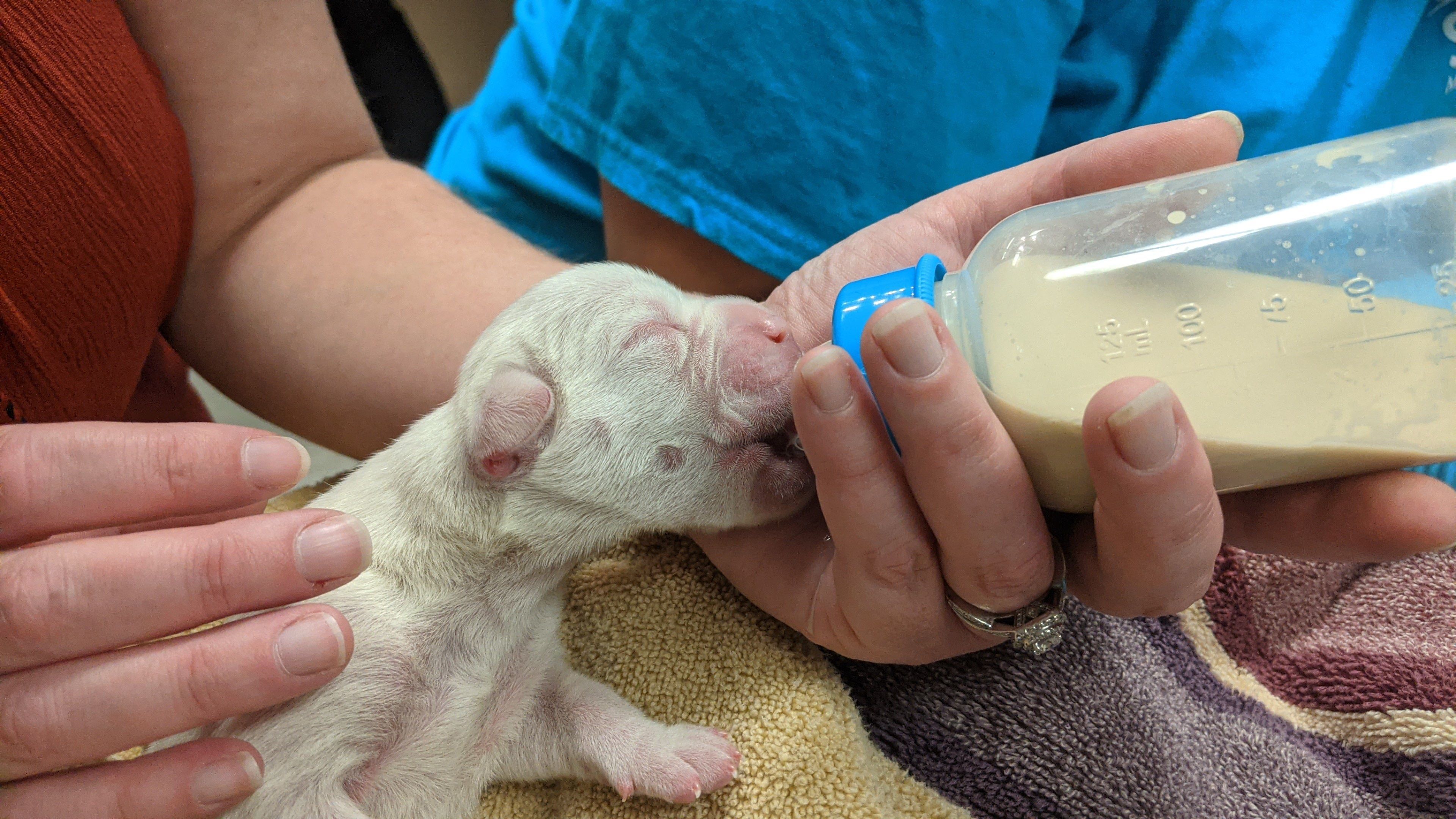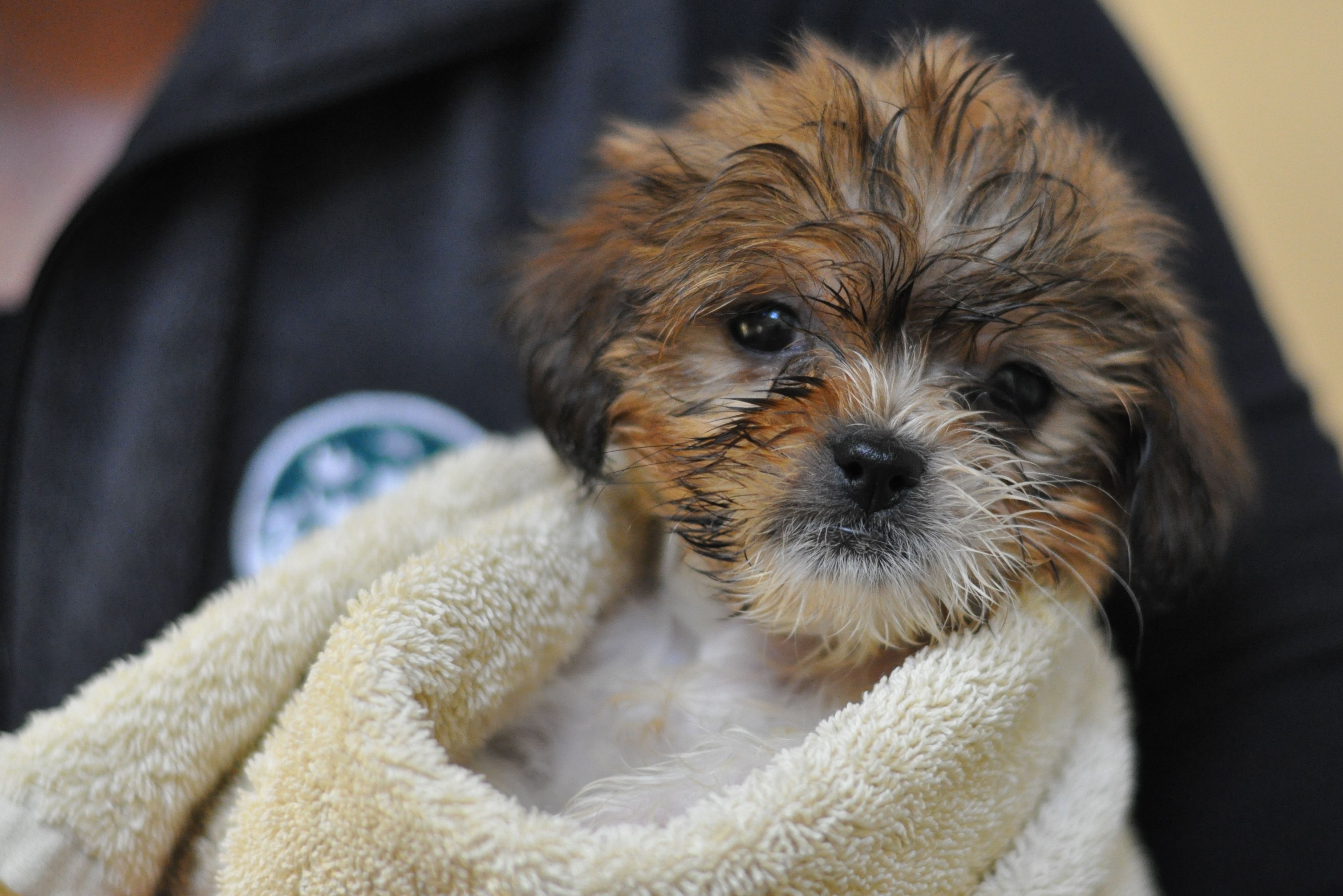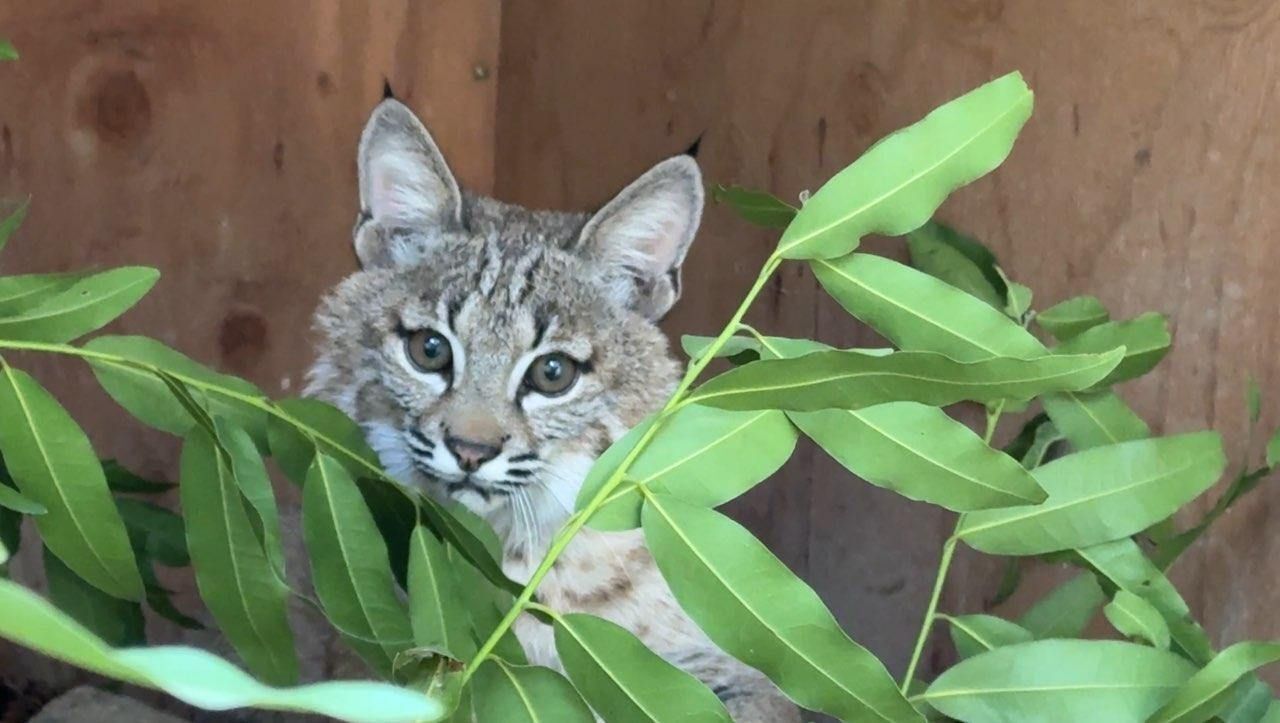
“In the buttocks.” This was my first of countless media statements made over a quarter century in the animal welfare field. A woman was bitten in the backside by a coyote on a popular walking trail and a television reporter on scene wanted a statement from the local humane organization. I just wished the first question wouldn’t have been “Where was she bitten?” and wished, at that moment, that I didn’t bear a resemblance to Tom Hanks.
Truth be told, it was one of the few questions I could have answered with any authority. New to the field in 1997, I didn’t know a coyote from a fox, and didn’t have Alexa or Siri for quick help. Today, having spent the past 26 years working with dedicated wildlife rehabilitators who’ve taught me well, I can dazzle with the differences between Red-tail and Red-shouldered Hawks, opine on opossums and banter about boobies.
Across the United States, just a handful of humane societies or SPCAs (all are independent) include wildlife rescue and rehabilitation among their core programs because it requires real expertise and a large facility. I’ve been fortunate to spend 17 years with one, then lead another, SPCA Monterey County, for the past nine years. In fact, SPCA Monterey County’s stellar wildlife work was among the many aspects that drew me here.
Last year, SPCA Monterey County’s Wildlife Hospital cared for nearly 2,500 sick, injured or orphaned animals. Songbirds, seabirds, raptors, most of our area’s mammals, and one Nazca Booby, a large seabird of the booby family that strayed far from its native range. We treat animals hit by cars and help raptors suffering secondary poisoning after ingesting poisoned rodents. Birds are orphaned after being blown from nests. Animals become entangled in backyard netting and fencing and we race out to all parts of the county to free them. Inexplicably, some federally protected wildlife are shot by humans.
Our goal is simple: make them better with as little human interaction as possible to avoid imprinting and stress, then release them close to where they previously lived. The work is permitted by the State and US Departments of Fish and Wildlife and supported by donations, like all of the SPCA’s work.
Our highly skilled group of six full-time paid staff are supported by a few dozen dedicated volunteers. They can be caring for up to 150 wild animals at any given time in facilities at the top of our campus; patients might be with us for an afternoon or several months.
Some arrive like clockwork – hundreds of orphaned baby birds each spring and emaciated, hypothermic seabirds during winter storms – still, no two days are alike and the team has to be ready for anything. Recently, that included an opposum shot nine times and a bobcat with mange: both are expected to fully recover. Central Coast residents undoubtedly saw our work last winter when a few hundred pelicans were struggling to access their food source and needed our intervention.
Good Samaritans deliver sick or injured wildlife to the SPCA, something we greatly appreciate when it’s safe. One placed a woozy bobcat on his Mini Cooper’s passenger seat only to have her wake up en route! Self-caring can go wrong. We’ve seen people feed spaghetti and breast milk to orphaned baby birds, keep orphaned fawns in their kitchen and leave an injured deer tied to a tree using a dog leash. Self-identifying can be interesting, too. One resident was convinced the injured white dove they brought to us was a snowy owl, and countless people have misidentified our local Common Murres as penguins. We answered a call about a dangerous bobcat in distress only to find a tiny domestic kitten (with a long tail) meowing for help.
Helping hands are welcome and often needed! The local harbor master took our senior wildlife tech out on a small boat to rescue a gull that swallowed a lure and wrapped itself and the fishing line around a piling near shore. A tree trimming service that accidentally cut down a tree with two owlets in a nest later used their boom to lift our employee high up an adjoining tree where we re-nested them. We rescued a bat stuck for a day high inside a local dispensary, while super chill employees observed from the safety of an adjacent glassed room. The bat, showing no ill effects – secondary or otherwise – was released later that evening.
We love this message when people find wildlife in need of care: "I didn't know what to do, so I’m calling you for advice."
I’m not sure I could help, personally, though I might. I’ve soaked up information from amazing SPCA teachers. For sure, our rockstar wildlife rehabbers can. From boobies to bobcats, the SPCA stands alone when it comes to caring for our area’s magnificent and vital wildlife.






